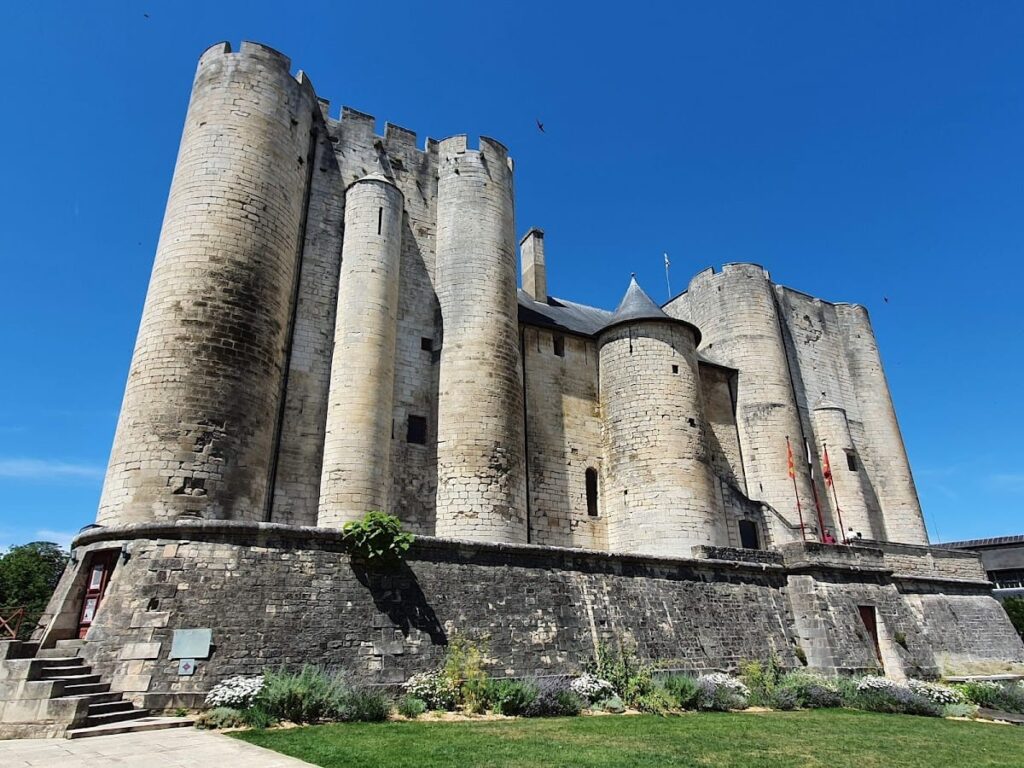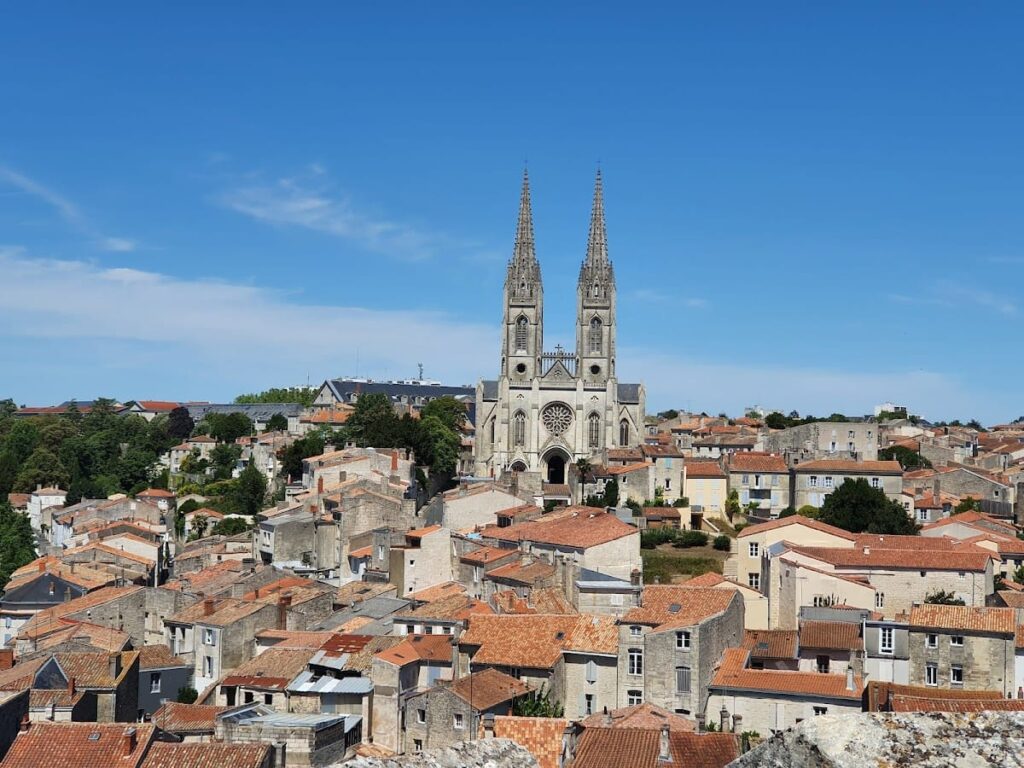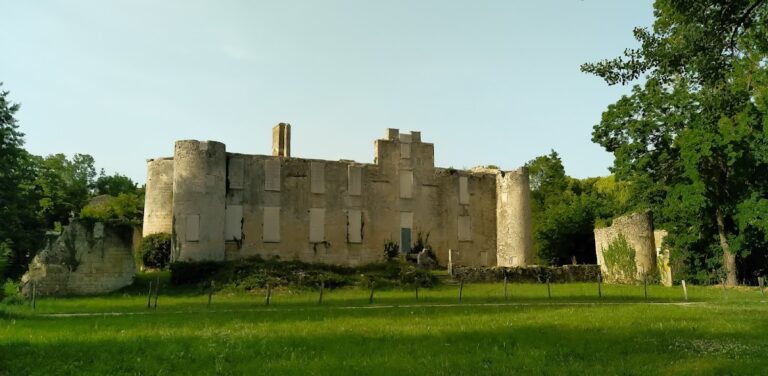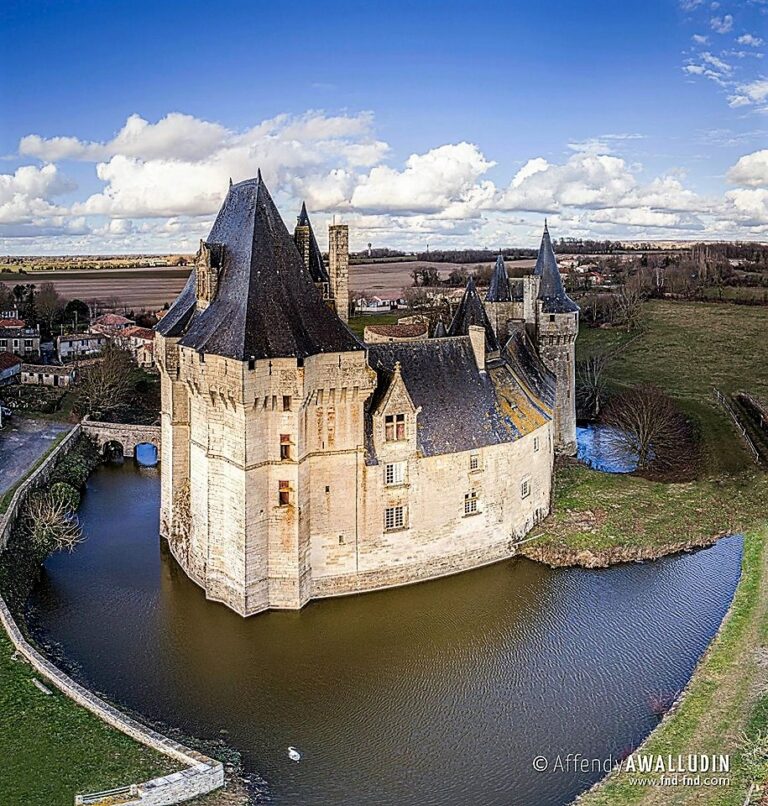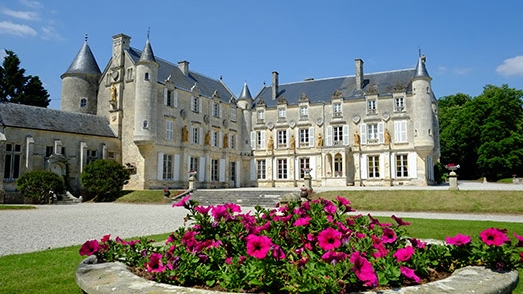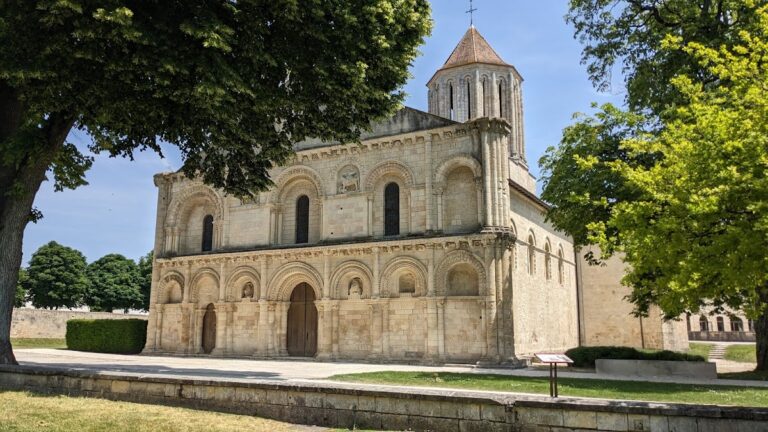Castle of Niort: A Medieval Fortress in Western France
Visitor Information
Google Rating: 4.3
Popularity: Medium
Google Maps: View on Google Maps
Official Website: musees.niortagglo.fr
Country: France
Civilization: Medieval European
Remains: Military
History
The Castle of Niort is located in the city of Niort, within the Deux-Sèvres department in western France. It was built by the Plantagenet dynasty, an English royal house, during the late 12th century. The fortress was established on the banks of the Sèvre Niortaise river, replacing an earlier fortified site that had existed since the mid-10th century but was destroyed by fire in 1104.
Construction began under Henry II Plantagenet and was completed by his son, Richard the Lionheart. The castle served as a strategic stronghold to secure English control over western France after Henry’s marriage to Eleanor of Aquitaine. It functioned primarily as a military fortress and garrison, playing a vital role in regional defense and administration.
In the early 13th century, the castle was involved in several sieges. It notably provided provisions to the town during blockades, demonstrating its importance in local military logistics. During the Hundred Years War, control of the castle shifted between English and French forces. Ultimately, it came under French rule in the 14th century through the efforts of the French commander Bertrand du Guesclin.
At the end of the 14th century, the duc de Berry undertook restoration and residential improvements. These included enlarging windows and adding fireplaces, reflecting a shift toward more comfortable living spaces within the fortress. After the Wars of Religion in the late 16th century, defensive upgrades were made, such as adding a terrace designed to hold small cannons.
In 1749, the north tower partially collapsed. Restoration began in 1751 under engineer Artus, who introduced diamond-shaped vaults on the ground floor. By the 19th century, many of the castle’s outer walls, curtain walls, and towers had been demolished or fallen into ruin. The castle was officially classified as a historic monument in 1840.
Following this designation, the castle was repurposed for municipal housing and archive storage. In 1896, it became a museum showcasing regional ethnographic collections. Since 2002, management of the site has been under the Niortais community.
Remains
The Castle of Niort consists mainly of two large square keeps, or donjons, connected by a building added in the 15th century. The southern keep stands about 28 meters tall with sides measuring roughly 13.5 meters, while the northern keep is slightly shorter at 23 meters and measures 14 by 15 meters. Both towers feature circular turrets at each corner and semicircular buttresses, with spiral staircases inside providing access to upper floors.
Constructed from closely jointed dressed stone, the walls exemplify high-quality Romanesque military architecture. The southern tower includes machicolations—openings above the battlements on the northeast and southwest sides—that allowed defenders to protect the base of the tower from attackers below. The towers have thick walls with few small openings and lack chimneys or decorative sculpture, emphasizing their defensive purpose.
Originally, the two towers were linked by curtain walls enclosing a paved inner courtyard about 16 meters wide. In the 15th century, these curtain walls were raised and roofed to create residential quarters. The castle’s outer defenses once included a rectangular curtain wall with around ten towers, a drawbridge, and a dry moat approximately eight meters deep. Most of these outer fortifications have disappeared, though some remains have been uncovered during modern construction.
After the north tower’s collapse in 1749, it was rebuilt in 1750 with some modifications. The current ground floor features three diamond-shaped vaults dating from this 18th-century restoration. The castle’s terrace offers panoramic views over the old town to the southeast and the Sèvre river valley to the northwest.

